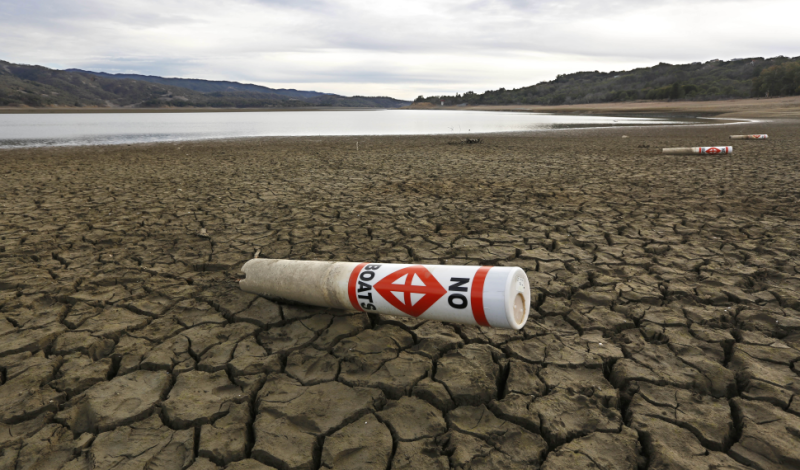After five long years of one of the worst droughts in state history, Californians are obviously ready for some relief. With reservoir levels and watersheds all but depleted, many across the state, both within the scientific community and without, are hoping that the impending El Niño will set things right.
And while it’s true that El Niño couldn’t possibly have come at a better time, the unknown and downright inconsistent duration of this atmospheric event may fall abysmally short of expectations.

First of All, What is El Niño and How Can it Help?
El Niño is a large-scale meteorological phenomenon that temporarily warms the Pacific Ocean, which in turn causes a commensurate change in the Earth’s climate. The effects of El Niño can be primarily observed in the Northern Hemisphere, and are at their most potent during the region’s winter months.
While the rise in temperature makes for a much more temperate winter than what most may be accustomed to, it also brings with it an above average amount of precipitation – something that is no doubt music to the ears of those most impacted.
Things have been so dire in California however, that the state Department of Water Resources estimates that 150% of the average rainfall (which equates to about 75 inches) is be needed to ease the drought; a number that many believe lies well beyond the realm of reasonable expectation.
El Niño’s Erratic Nature Makes Planning Water Capture Projects Difficult
You may be wondering why the Californian authorities haven’t taken steps to bolster their storm water catching capabilities over the years to increase the amount of water the state could store in reserve in preparation for periods of extreme drought. The truth of the matter is that they have made efficiencies in the way they collect water, but in a state that generally doesn’t see a copious amount of rainfall, large infrastructure projects don’t exactly scream practicality.
Instead, the focus can more realistically be shifted to the small scale. Homeowners can be encouraged to install their own cisterns to collect rainwater, which would alleviate a great deal of strain on a struggling system. Rainwater can also be diverted to fill gaping caverns located beneath the ground (caverns that sit empty because of the over extraction of the water that was once there).
Underground storage may even make the most sense financially to the state, given that underground storage prevents water loss through evaporation and building new dams or reservoirs can cost millions of tax dollars. Both dams and reservoirs can also have negative effects on the environment as they can displace species and destroy natural habitats.
If El Niño sees fit to dump primarily on the southern portion of the state (cities like Los Angeles are completely unequipped to store rainwater because they so seldom get it) most of the water will merely drain back into the Pacific Ocean.
El Niño May Help, But What Can Municipalities Do To Preserve Existing Water Levels?
Come what may, El Niño will no doubt represent a boon to the state, though to what extent remains to be seen. Municipalities can invest in certain technologies that will help them to preserve the water they currently have in the system, most of it designed to monitor pipeline conditions. Pipeline leak detection systems help identify potential system failures, which would lead to the loss of the dwindling resource.
Additionally, it makes sense to ensure the integrity of critical points like water mains within the existent infrastructure can be constantly monitored through the use of water main monitoring equipment, which can alert technicians of an impending break.
To be fair, monitoring the integrity of the system is not a substitute for a decent amount of rainfall, but when paired with underground storage, and the addition of water capture systems to individual homes to supplement the efforts of the municipalities, it starts to paint a slightly brighter picture.
Unfortunately for Californians, El Niño comes around only every two to seven years, and can be gone for a matter of months. Best-case scenario, it will add a bit of a cushion to their water supply. Worst-case scenario, it equates to no more than a drop in the bucket.

